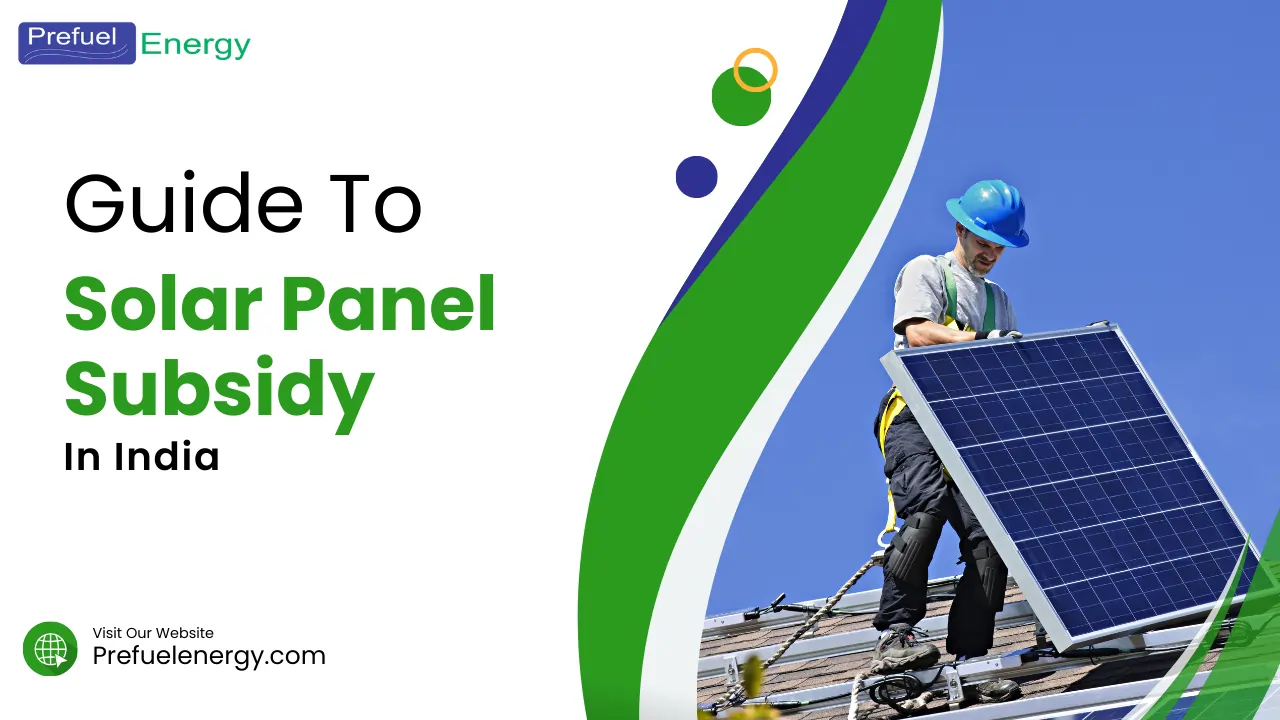Have you been thinking about going solar but worried about the upfront costs of solar panels? Well shine bright, because the Indian government is here to help with plenty of solar subsidies, rebates, and incentives to help you afford those beautiful blue panels. In this complete guide, we’ll break down all the key subsidy schemes and just how many rupees they’ll save you. Get ready to harness that sun and start saving!
Table of Contents
An Overview of Solar Panel Subsidy in India
Before we dig into the nitty gritty details, let’s step back and understand why solar subsidies even exist in India and who offers them.
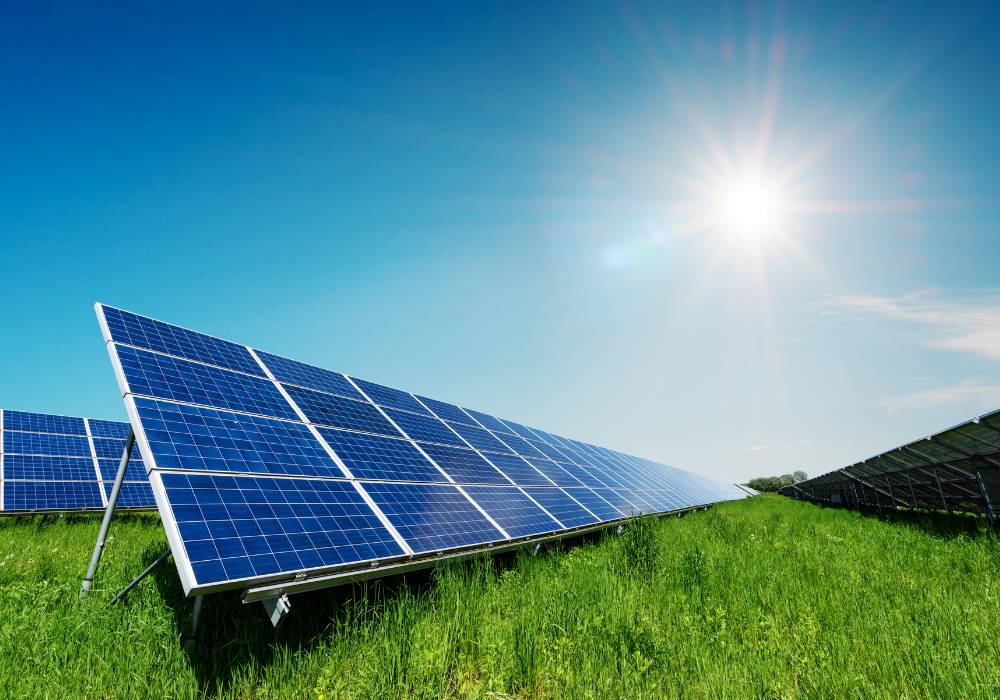
- The Indian government has ambitious solar energy targets to help meet electricity demand in an environmentally-friendly manner. But the high upfront cost of solar panel systems hinders adoption.
- Subsidies bridge this gap by reducing purchase and installation costs, making solar affordable.
- Multiple subsidy programs are offered by the central government and certain state governments.
- Residential, commercial, and industrial consumers can benefit from these schemes.
Now let’s explore the major solar subsidy programs and incentives on offer to see how your home or business could save money going solar.
Central Government Solar Subsidy and Incentives
The central government offers two main solar subsidy programs on a nationwide basis. Let’s break them down.
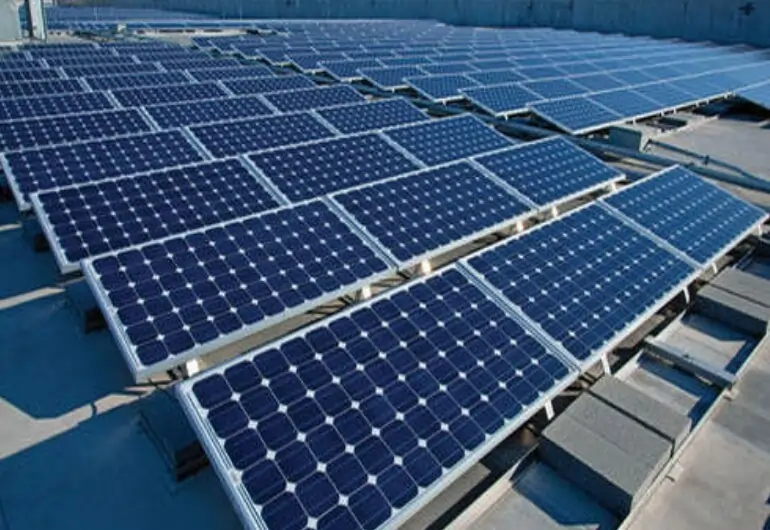
Solar Rooftop Subsidy Program
The most popular incentive is the Ministry of New and Renewable Energy’s (MNRE) solar rooftop subsidy. Introduced in 2015, it aims to install 40GW of rooftop solar across India by 2022.
- It offers capital subsidies and incentives to home owners, businesses, and organizations installing grid-connected rooftop solar systems.
- The subsidy percentage varies by consumer category, system size, and state. We break this down further later on.
- It also provides additional subsidies for government organizations via the Government Producer Scheme.
This program removes the cost barrier for thousands looking to go solar every year.

Accelerated Depreciation Tax Incentive
The second nationwide government solar incentive applies to commercial and industrial solar installations.
- It offers accelerated depreciation tax deduction equal to 40% of asset value in the first year.
- This significantly reduces tax liability, improving return on investment.
Together these two schemes provide strong financial incentives to adopt solar across all consumer categories nationwide. Pretty neat!
But wait, there’s more! Let’s look at…
State-Level Solar Incentives and Subsidies
Several renewable energy pioneering states offer additional solar incentives beyond the national subsidies:
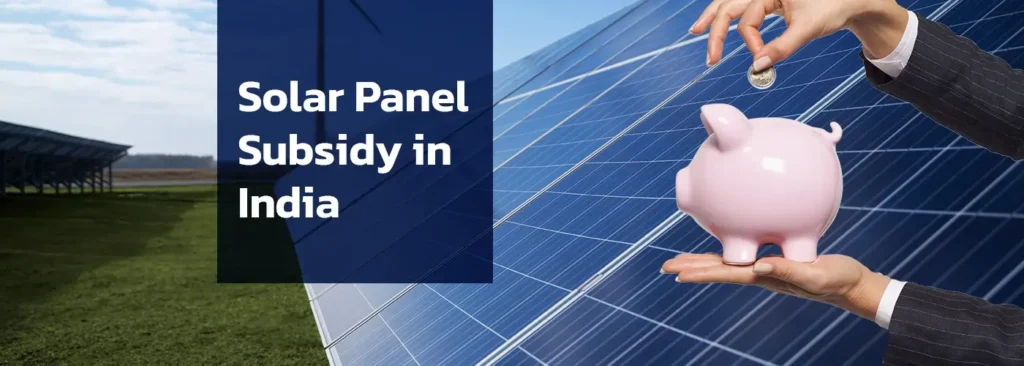
- Capital subsidies
- Net metering incentives
- Feed-in tariffs
- Rebates
- Waived open access and cross-subsidy charges
- Priority clearance for commercial solar
These can improve economics by 10-20% over national subsidies alone.
Notable State Solar Schemes
Here are some praiseworthy solar subsidy schemes offered by certain states:
| State | Notable Schemes |
|---|---|
| Gujarat | Mukhyamantri Saur Krishi Pump Yojna subsidy for solar agriculture pumps |
| Maharashtra | MSEDCL net metering buyback rates |
| Rajasthan | RRECL capital subsidy for schools installing solar |
| Karnataka | Generous RE tariffs through KERC |
So if you live in these states, you could save even more! Now that we’ve seen the solar panel subsidy landscape at a high level, let’s get into specifics…
Solar Rooftop Capital Subsidy – Explained
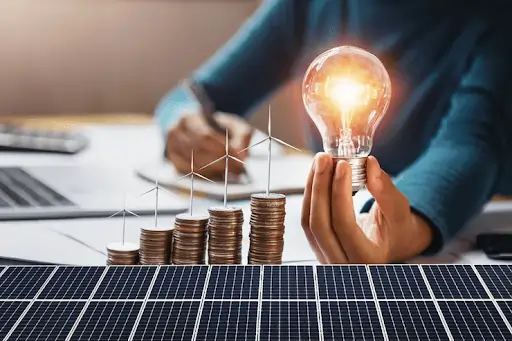
As mentioned earlier, the headline national solar subsidy is the MNRE rooftop capital subsidy program. Let’s take a closer look to see exactly how much it could save you.
There are four key factors that determine solar subsidy amounts:
- Consumer category
- System size
- State tier
- Number of subsidy spots left
Let’s break these down…
Subsidy Rates By Consumer Category
The MNRE subsidy rates vary significantly depending on whether you are:
- Residential
- Institutional (school, hospital, government)
- Commercial (private company)
- Industrial
Residential consumers see the highest subsidy rates while commercial/industrial get the lowest.
Book Your Free Solar Engineer Visit
Subsidy Varies By System Size
Subsidy also reduces as system size increases:
| System Size | Example Consumers | Subsidy Rate |
|---|---|---|
| 1-3kW | Typical urban home | Highest rate |
| 3-10kW | Larger home | Medium rate |
| 10-500kW | Commercial building | Lower rate |
So a regular household gets a bigger subsidy piece of the pie.
State Subsidy Tiers
To encourage nation-wide solar adoption, states are divided into three tiers:
- Tier 1 states receive highest subsidy as less solar deployed historically
- Tier 2 states receive medium subsidy
- Tier 3 states receive lowest subsidy as most solar penetration
For example, Jharkand is Tier 1 while Karnataka is Tier 3.
Limited Subsidy Spots
Here’s the catch though – each state receives limited MNRE subsidy allocation yearly.
- So first come, first served!
- Spots fill quickly when the year’s application window opens.
This creates mad rush like IRCTC tatkal booking. Sites crash under load so you need smart subsidy consultants like us who use advanced software bots to secure your spot!
Let’s take an example to see how these factors combine…
Solar Subsidy Calculation Example
Say you are residential consumer in UP (Tier 2) installing 2kW rooftop solar system.
- Base subsidy rate would be 40%
- UP tier 2 status reduces rate by 10%
- Final applicable rate 30%
- Cost of 2kW system is ₹1.5 lakhs
- Your subsidy amount = 30% x 1.5 lakhs = ₹45,000!
That’s lakhs off solar panel price with zero red tape! Not too shabby, eh?
Clearly, rooftop solar subsidies make a huge financial difference, often covering up to 30-50% of system costs.
Let’s dig deeper…
Complete Capital Subsidy Tables
Since we all love government tables, here are the official MNRE solar subsidy rates for 2022-23 across all segments and tiers down to the last rupee!
Residential Rooftop Solar Subsidies
| System Size | Subsidy (₹/Wp) – General Category States | Subsidy (₹/Wp) – Special Category States including North-Eastern States & J&K, Himachal Pradesh, Uttarakhand |
|---|---|---|
| 1- 3 kWp | 20 | 40 |
| 3-10 kWp | 20 | 40 |
Institutional Rooftop Solar Subsidies
| System Size | Subsidy (₹/Wp) | Subsidy (₹/Wp) – Special Category States including North-Eastern States & J&K, Himachal Pradesh, Uttarakhand |
|---|---|---|
| 1-10 kWp | 20 | 40 |
| 10-100 kWp | 10 | 20 |
| 100–500 kWp | 5 | 10 |
That’s a juicy ₹40/Wp benefit for government schools even for large 100kW systems!
Meanwhile commercial and industrial consumers earn modest subsidies:
Commercial and Industrial Rooftop Solar Subsidies
| System Size | Subsidy (₹/Wp) |
|---|---|
| 10-100 kWp | 10 |
| 100 – 500 kWp | 5 |
Thankfully the tax deduction somewhat helps the ROI in these segments.
Phew, that was dense! But worth knowing if it saves you tonnes of money no?
Now the million rupee question:
When Can You Get These Subsidies?

Another critical aspect is subsidy application window timing.
- MNRE opens online application portal for a short period of 2-4 weeks each year.
- States also have own timelines based on budget.
- Advance planning vital as demand exceeds supply capped by budget.
Here is quick low-down on key dates for solar subsidy applications in 2024:
- **MNRE central subsidies:
- Application window: Mid-March to April 2024
- Results declared: May-June 2024
- Gujarat solar pump subsidy
- Phase 1 application: December 2023
- Phase 2 application: July 2024
- UP rooftop subsidy
- Date not declared yet. Expected by February 2024
As you can see, subsidies open and close quicker than Prithvi Shaw scoring a half century!
- So you need expert guidance to grab your share of the pie before funds dry out. That’s where we come in!
- Our smart bots and insider connections ensure timely application submission when window opens.
That covers key need to know aspects of coveted Indian solar subsidies!
Calculate Your Solar Panel System Savings
Now for the million dollar question – how much can you actually save by tapping these lucrative solar subsidies?
- Your actual savings depend on factors like:
- System size
- Location (state subsidies)
- Consumer category
- Component costs
- Electricity usage
Let’s use a real example to quantify potential savings:
- Say you are a Delhi-based homeowner wishing to install 5kW solar rooftop system
- Without subsidies, cost is ₹4.5 lakhs for quality tier 1 components
- Delhi falls under General state tier 2 category
- So applicable central subsidy is 20/40 ₹/Wp from MNRE tables
- For 5kW system, max subsidy = 5,000 Wp x 20 ₹/Wp
- = ₹ 1 lakh subsidy!
- This lowers net cost to just ₹3.5 lakhs
- 22% cost reduction from subsidy alone!
Additionally you save ₹50,000+ yearly on electric bills with solar generation. So rooftop subsidy saves ₹1.5 lakh in Year 1 itself when combined with generation benefits!
Clearly subsidies make a massive dent in overall lifetime costs.
To give even better sense of savings realized, check the solar ROI calculator on our site. Just input your details like load, location, system size etc and it accounts for all incentives available to accurately estimate payback period and ROI.
You’ll be amazed to see returns beat stock market and real estate many times over thanks to generous government subsidies!
Solar Subsidies – Conclusion
Phew, that was a marathon guide covering every aspect of coveted Indian solar subsidies!
To recap, we discussed:
- Overview of major national and state solar incentives
- Solar rooftop subsidy program details
- Charts of latest applicable rates
- When and how to apply
- Calculating total cost savings
Key takeaways:
- Solar subsidies reduce system costs by 20-50% making it affordable
- Apply on time before limited funds dry out
- Huge savings realized – great ROI beyond stock markets
- We make the whole process smooth end-to-end
I don’t know about you but my mind is buzzing with solar savings excitement just reading this!
Imagine how you’ll feel once our experts help design the perfect system tapping every incentive to maximize returns.
You’ll be grinning brighter than the summer sun thanks to subsidy bonanza. Maybe even feel inspired to throw a fancy solar party on your new rooftop patio overlooking shining panels. After all, you’ve earned it as a green warrior charging up on free solar energy for decades!
Call to Action
If you still have any doubts or queries on solar subsidies, feel free to reach us on enquiry@prefulenergy.com or call +91 98765 43210.
Our solar experts are always happy to offer tailored savings analysis and transparent system recommendations. We know this inside and out!
Otherwise, if you are ready to lock your solar subsidy and install an efficient rooftop system at lowest price, submit enquiry form on site.
Remember – ridiculously low prices thanks to subsidies won’t last long! Call now or regret missing out for years.
Be like the forward-looking families, businesses and organizations across India joining the solar revolution every day with our help. Together towards brighter, sustainable future!


